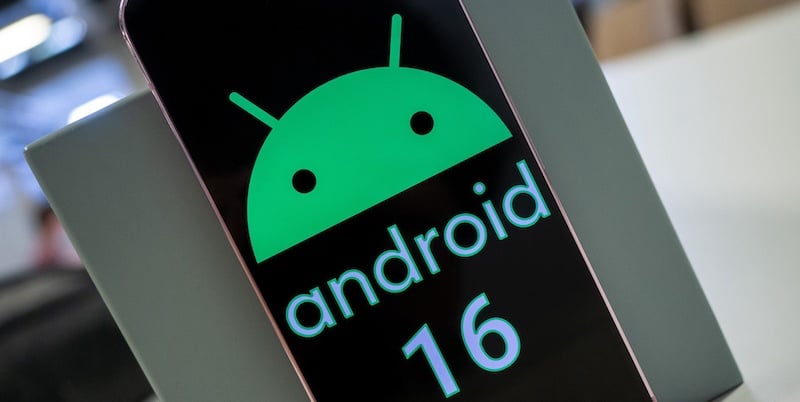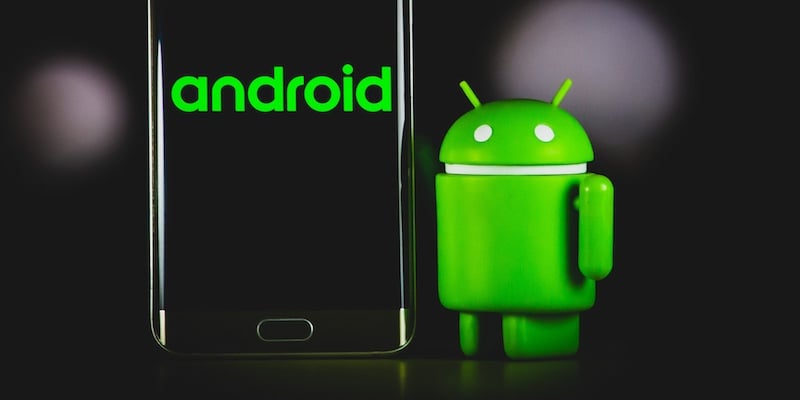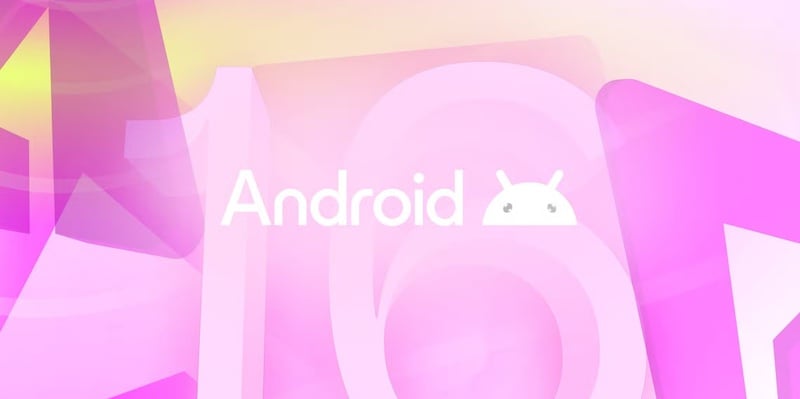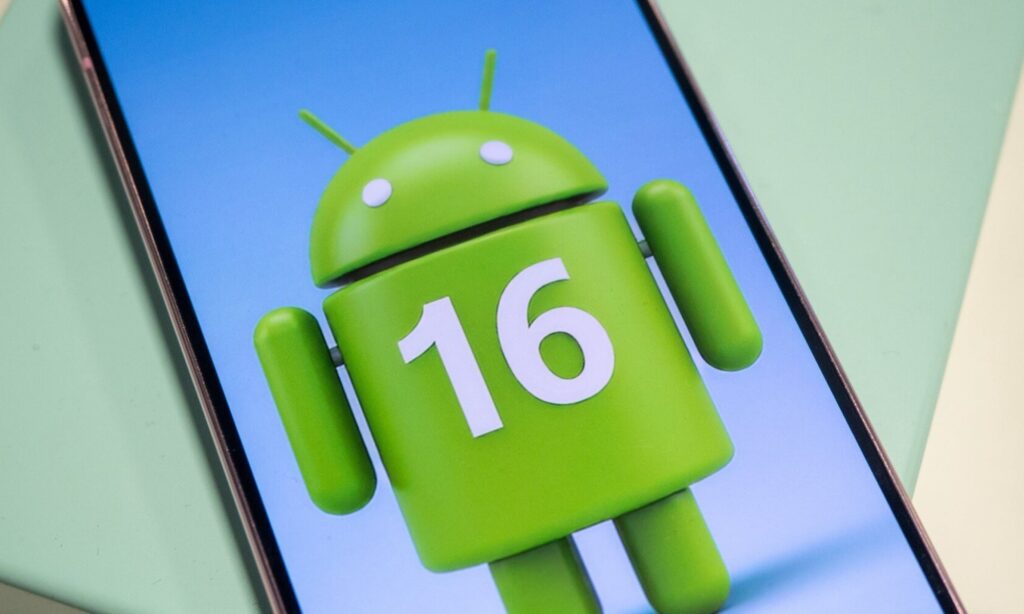Android 16 is here! Get ready for some exciting features. But it also comes with some concerns.
Android 15 has only just started rolling out, but buzz around Android 16 is already making waves. People are talking about some exciting features that may be coming, including enhanced security options and a revamped user experience. Imagine keeping your data safe while enjoying smoother navigation with a more robust advanced protection mode.
It’s always fun to think about what will happen next and how these updates can change things. While there is much to look forward to, there are also some concerns. If you want to know what great new features are coming, join today and let’s explore the possibilities together!
1. Codename

Developers from team b58 recently dropped tips on some great code changes for AOSP on Android Authority. The first update will allow compression of APEX modules that will be launched in next year’s Android version. What’s interesting is that min_sdk_version is set to “Baklava”, whereas in this year’s release it is “VanillaIceCream”.
Another update from Google engineers points out that you should check if the platform SDK code name of your build matches Baklava. Previous patches reportedly looked for either SDK version 35 (for Android 15) or the VanillaIceCream codename.
When Google develops a new Android version, we temporarily use the codename as the platform SDK version until it is completed. Therefore, Android 15 Beta 3 was switched from VanillaIceCream to 15 during the first platform stability milestone. With Android 16 in the pipeline, early builds will show the Platform SDK code name (Baklava) instead of the Platform SDK version (36).
By the way, baklava is a delicious puff pastry dessert. Sounds a little strange, since Android 14 has the name Upside Down Cake and Android 15 has the name Vanilla Ice Cream. However, the new dessert codename reflects changes in the way Android’s build process works. Google has decided to redo the lettering.
Android 16 features
A mix of Android users are taking advantage of the new advanced protection features on Reddit and elsewhere. Force Google Play Protect to be enabled and block apps from being installed outside of the Google Play Store and other pre-installed app stores. But what good is it for you? Let’s take a closer look at it and other key features.
2. Advanced protection mode

Google is likely to introduce a more powerful and more accessible ‘Advanced Protection Mode’ in the Android 16 update. Launched in 2017, the program is designed to protect your Google Account with a set of security steps and restrictions.
Advanced Protection, originally aimed at IT administrators, journalists, activists, executives, and politicians, requires the use of a security key or passkey to sign in. It also blocks users from downloading files flagged as dangerous by Chrome and prevents certain unauthorized apps from accessing Google. Account data.
According to Android Authority, Android 16 will allow you to turn on advanced protection features directly from the Settings app. Once enabled, apps can use new APIs to check if it’s enabled and adjust how it behaves. For example, some apps may add an additional layer of security, such as a screen lock, when this mode is on.
For everyday users, using strong passwords, 2FA, and properly setting recovery options is sufficient. Advanced Protection is suitable for users at high risk of targeted attacks. While it’s great for increasing security, I think it’s overkill for most people and can cause unnecessary hassle. But for those who need it, it can provide significant protection for their digital lives.
3. Desktop window display

Google has rolled out the Desktop Window feature in Android 15 QPR 1 Beta 2 for Pixel tablets. There is no official release date yet, but it is likely to be released on Android 16. This feature allows you to run multiple apps and resize windows just like on your desktop.
I’m all for making desktop mode mainstream on Android. I love Samsung’s Dex, but I struggle with it because non-Samsung apps don’t work well with it. That means fewer people are using it and developers aren’t making Dex a priority. Despite the partnership between Samsung and Microsoft, Teams has always been a pain, crashing frequently. But Microsoft’s Remote Desktop app worked perfectly, allowing me to access my virtual PC even when Teams failed.
I think Android has more potential. Taking full advantage of the power of modern hardware, it can evolve into a mobile OS, a desktop OS when docked, and even an in-vehicle OS when connected.
4. Heads up notification
Android’s heads-up notifications are too loud and intrusive. In portrait mode, the top of the screen is blocked, but in landscape mode it’s even worse, taking up more than a third of the screen. It’s very annoying, especially when watching movies or playing games, but I still need it so I can’t turn it off.
There is also good news for those who are suffering from this problem. Google is working on a fix. More compact notification tips first appeared in Android 15 Beta 4. And by Android 15 QPR 1 Beta 2, this feature became more widely available.
This will truncate most of the text and hide the embedded image unless you expand the notification. The messaging app’s icon, title, and reply button will still be visible.
5. Settings homepage
Android 15 Beta 3 rolled out a redesigned Settings homepage, but this update wasn’t reflected in later betas. However, the new layout appeared in Android 15 QPR1 Beta 2, suggesting it may be on track for Android 16.
The left side shows what the top-level page looks like in Android 14, and the right side shows the updated version from Android 15 QPR1 Beta 2.
I like that notifications and quick settings now have their own page. Quick settings take up most of the notification panel, so it’s nice to have them separated. But accessing quick settings with two fingers? That’s not such a good idea. Features that are basically easily accessible with one hand have been removed. I hope they come up with something better by the final release.
6. Android 16 release date
Google typically releases new Android versions around the end of the third quarter or the beginning of the fourth quarter. For example, Android 14 came out in October, Android 13 in August, and Android 12 in October. To find a major release outside of this pattern, you have to go back to Android 4.1 Jelly Bean, released in July 2012.
However, starting next year, even if Google continues to launch Pixel smartphones (such as the Pixel 10 series) in August, they will most likely come with the latest OS, Android 16. According to Android Authority, Android 16 could debut as early as the second quarter of 2025. .
This is surprising considering Android 15 hasn’t been released yet. But Google also released the Pixel 9 two months earlier than expected, so I’m not completely shocked. Google’s faster development pace, especially the changes made in Android 14 QPR2, has made the platform more stable and released faster, which may explain the accelerated schedule.
Thoughts of parting
We’re really looking forward to the latest updates, but we’re even more curious when we hear about the next version. It looks like there’s a lot to look forward to, with some cool new features coming.
Sure, some concerns have surfaced, but that only adds to the excitement of seeing what happens next. We can’t wait to explore all the new updates and what changes they bring to our experience. Be sure to check out Gadget Flow’s Android accessories for great gear.


